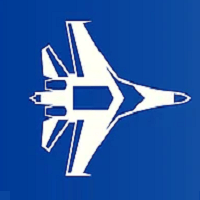The Republic of Korea Air Force (RoKAF) has deployed a battery of Patriot Advanced Capability-3 (PAC-3) interceptor missiles to Cheongju Air Base, which hosts the service’s fifth-generation F-35 Joint Strike Fighters and is believed to be within range of North Korea’s newly developed short-range ballistic missile (SRBM) systems. South Korea has so far received 13 of the 40 F-35As its plans to acquire by 2021 as part of a $6.3 billion deal approved in September 2014. The RoKAF has declared initial operating capability (IOC) for its F-35A Lightning II Joint Strike Fighters at the 17th Fighter Wing airbase in Cheongju Air Base.
The MIM-104 Patriot is a surface-to-air missile (SAM) system and manufactured by the U.S. defense contractor Raytheon and derives its name from the radar component of the weapon system. The AN/MPQ-53 at the heart of the system is known as the “Phased Array Tracking Radar to Intercept on Target” which is a backronym for PATRIOT. Patriot Advanced Capability (PAC-3), known today as the PAC-3 upgrade, is a significant upgrade to nearly every aspect of the Patriot system. The PAC-3 upgrade carried with it a new missile design, nominally known as MIM-104F and called PAC-3 by the Army. The PAC-3 missile evolved from the Strategic Defense Initiative’s ERINT missile, and so it is dedicated almost entirely to the anti-ballistic missile mission.
